This article is taken from the August-September 2025 issue of The Critic. To get the full magazine why not subscribe? Right now we’re offering five issues for just £25.
I once spent a glorious summer afternoon in a Lincolnshire field sentried with poppies watching camouflaged Vulcan bombers rising from RAF Waddington. Stunning-looking, evidently powerful and smoky, the aircraft nosed up over the field creating, at first, elongated delta-shaped shadows and then, as they passed over, a collective Jovian roar accompanied by a demonic chorus of unearthly howls.
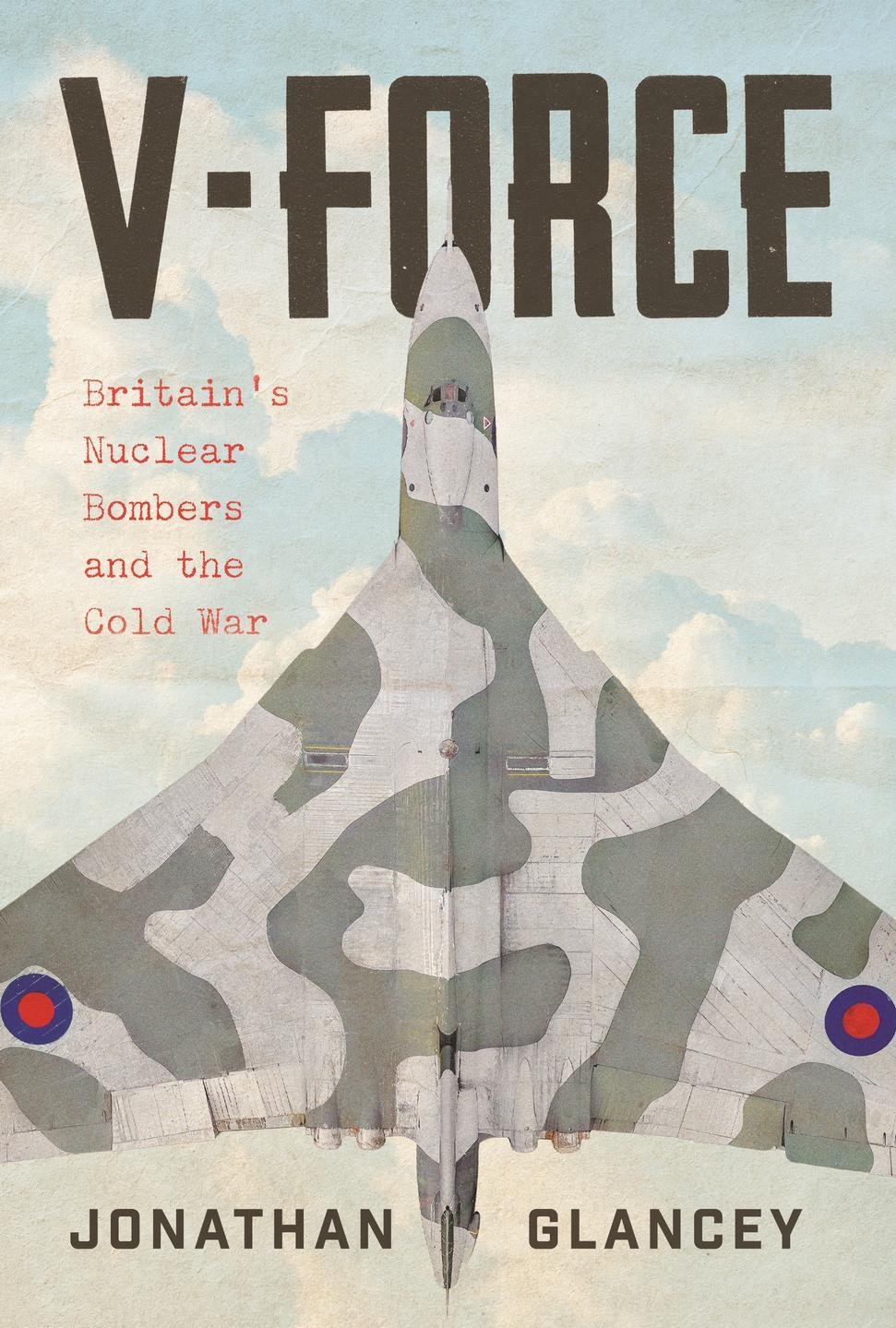
There was something strangely primeval about this sound. It was easy to imagine, 20 years earlier, what were then pure white Vulcans, howling over these Lincolnshire fields into combat in some last weird nuclear battle in the East, a cavalry of the sky thundering into the Valley of Death towards Soviet guns, facing a palisade of ground-to-air missile launch pads bristling from the Baltic to the Caspian Seas.
Britain’s V-Force, a trio of jet bomber types — Valiant, Vulcan, Victor — forming the British nuclear deterrent and stirring the public imagination, first went into service 70 years ago. At the 1955 Farnborough Air Show, Avro’s chief test pilot, Roland “Roly” Falk, dressed in Savile Row suit and tie, barrel-rolled the second production Vulcan, all 69 tons of it, whilst in his take-off climb. Recorded on film, Roly’s roll astonishes still. “If one can imagine an aircraft the size of an Airbus A320 being thrown around the sky as if it was a Spitfire,” recalled his successor, Tony Blackman, “it is possible to have some idea of what flying and displaying a Vulcan was like.”
The Avro Vulcan first flew in 1952, seven years after the atomic bombs dropped on Hiroshima and Nagasaki signalled the end of the Second World War. It had been on the drawing board as early as 1947. The sudden swap from the camouflaged 280mph piston-engine Avro Lancaster bristling gothically with machine guns pointing from Perspex turrets to this pure-white, gun-free 625mph delta-wing jet may well have disconcerted many attending the Farnborough Air Shows.
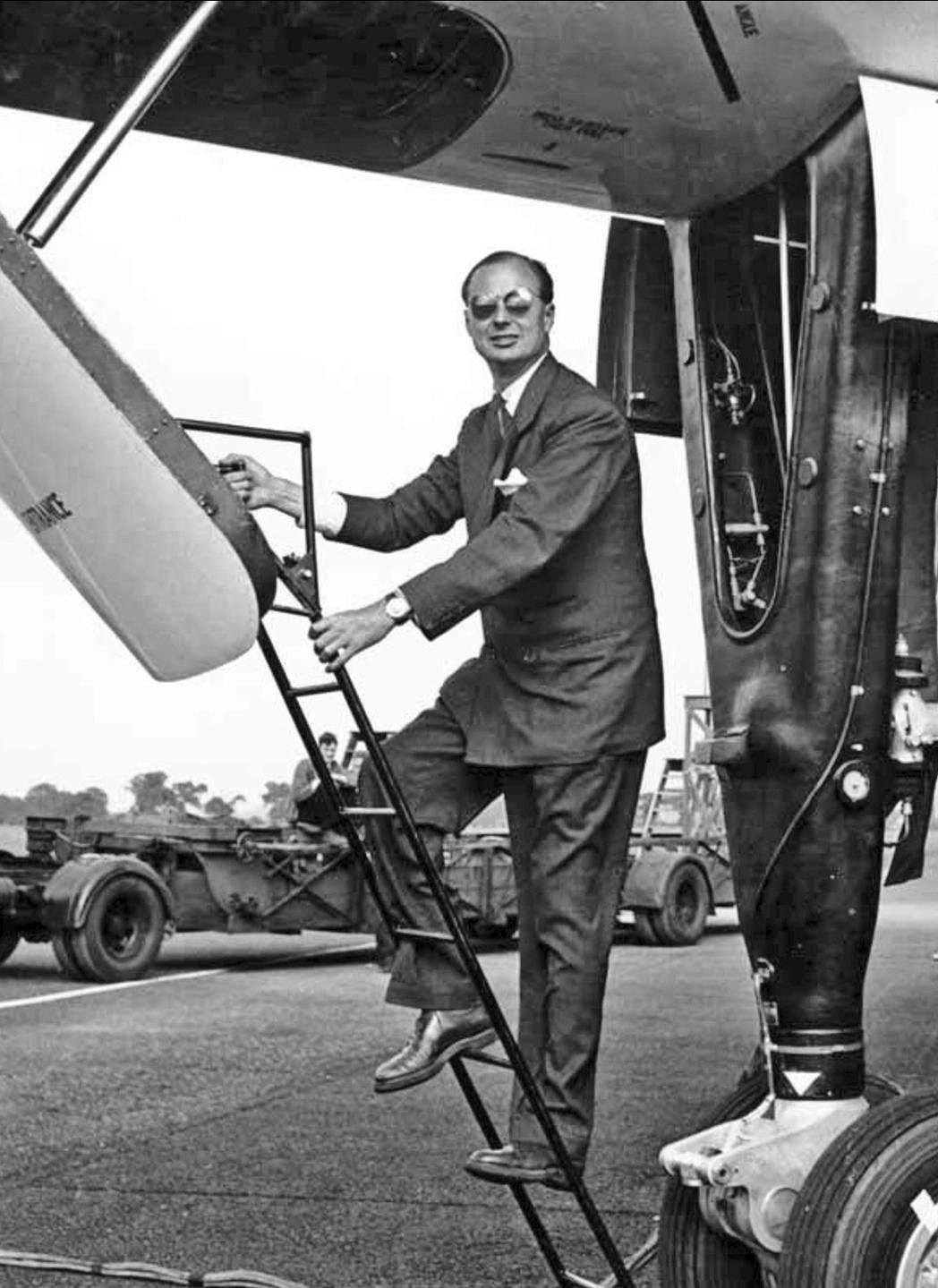
The two aircraft types belonged to eras separated by the atomic bomb. Remarkably, they were designed by the same lead engineers, initially Roy Chadwick, killed in an aircraft accident in 1947, and then Stuart Davies, who took over as Avro’s head of design.
Of the other two V-Force bombers, I never witnessed a Vickers Valiant in flight; it was the first of the trio into service and the first to go. I did, though, marvel at the Handley Page Victor. It was hard not to. Especially in later B.2 form, it had the look — seen head-on — of some fantastical deep-sea creature, its air intakes resembling giant gills, its cockpit glazing like some form of compound eye, its bomb aimer or photo-reconnaissance camera glazing a gaping mouth, its refuelling probe the anatomical appendage of some outsize angler fish.
The inverted wings of its high tailplane and the vast sweep of its unusual crescent wings, suggesting the front flippers of a prehistoric sea turtle, only added to this peculiar impression. When, though, it was in its natural element, scything high through the air, the Victor had something of a crescent-winged swift about it.
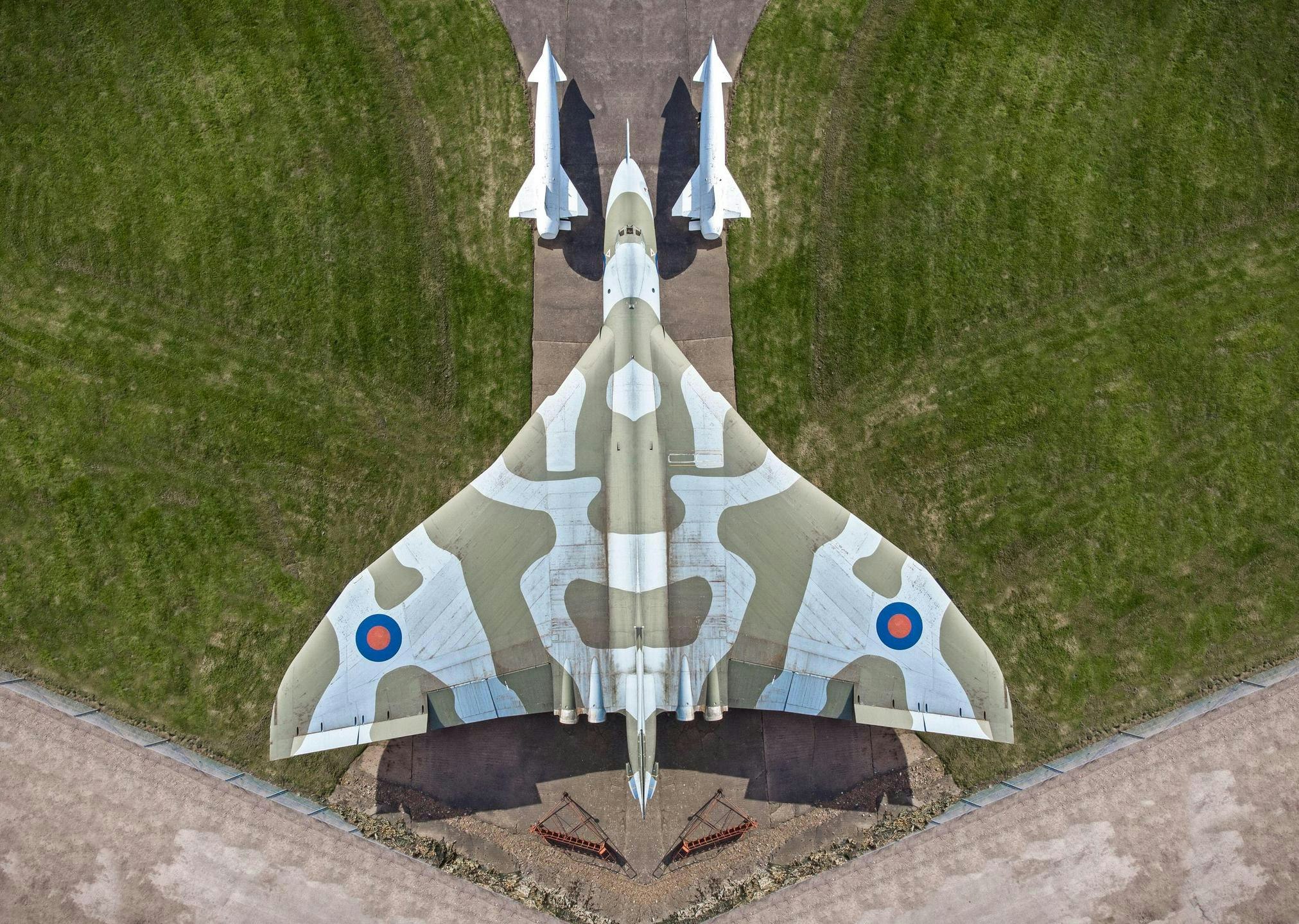
The Air Ministry specification — B.35/46 — that led, officially, to the V-bombers was issued on 7 January 1947, the day Clement Attlee’s Labour government committed Britain to the development of an atomic bomb. Missile technology was not expected to be up to speed for several years. Three designs were chosen (a fourth, the Short Sperrin, fell by the wayside). This was new territory; it seemed wise to invest in rival designs to see how they performed.
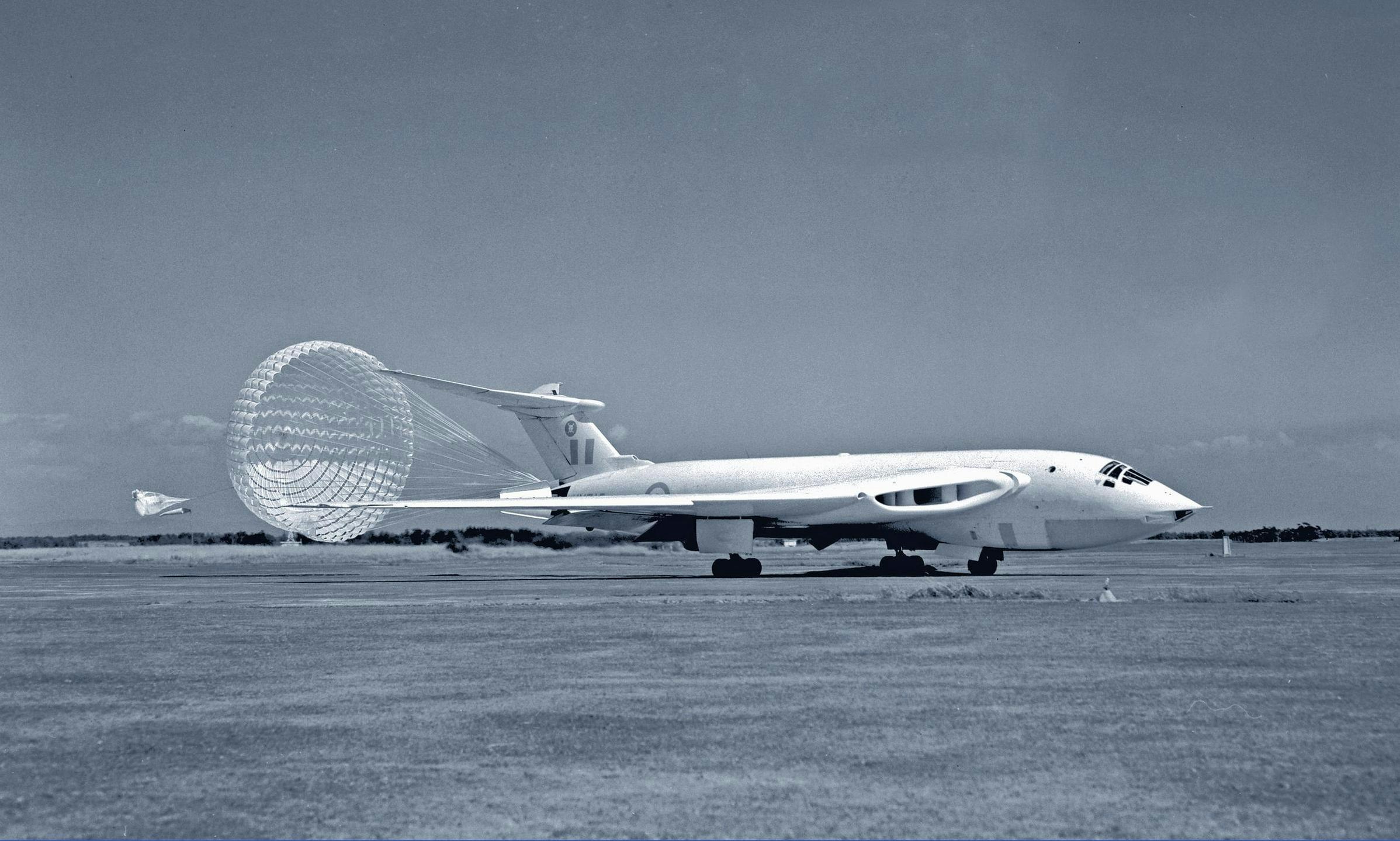
The Vickers chief designer, George Edwards, claimed he could have the Valiant flying by the end of 1951 and in service with the RAF by early 1955. His team had been considering a jet bomber since late in the Second World War, and they beat both self-imposed deadlines. The speed of progress, however, meant that the Valiant was a more conventional machine — in Edwards’ words, an “unfunny” aircraft — than either the Vulcan or Victor.
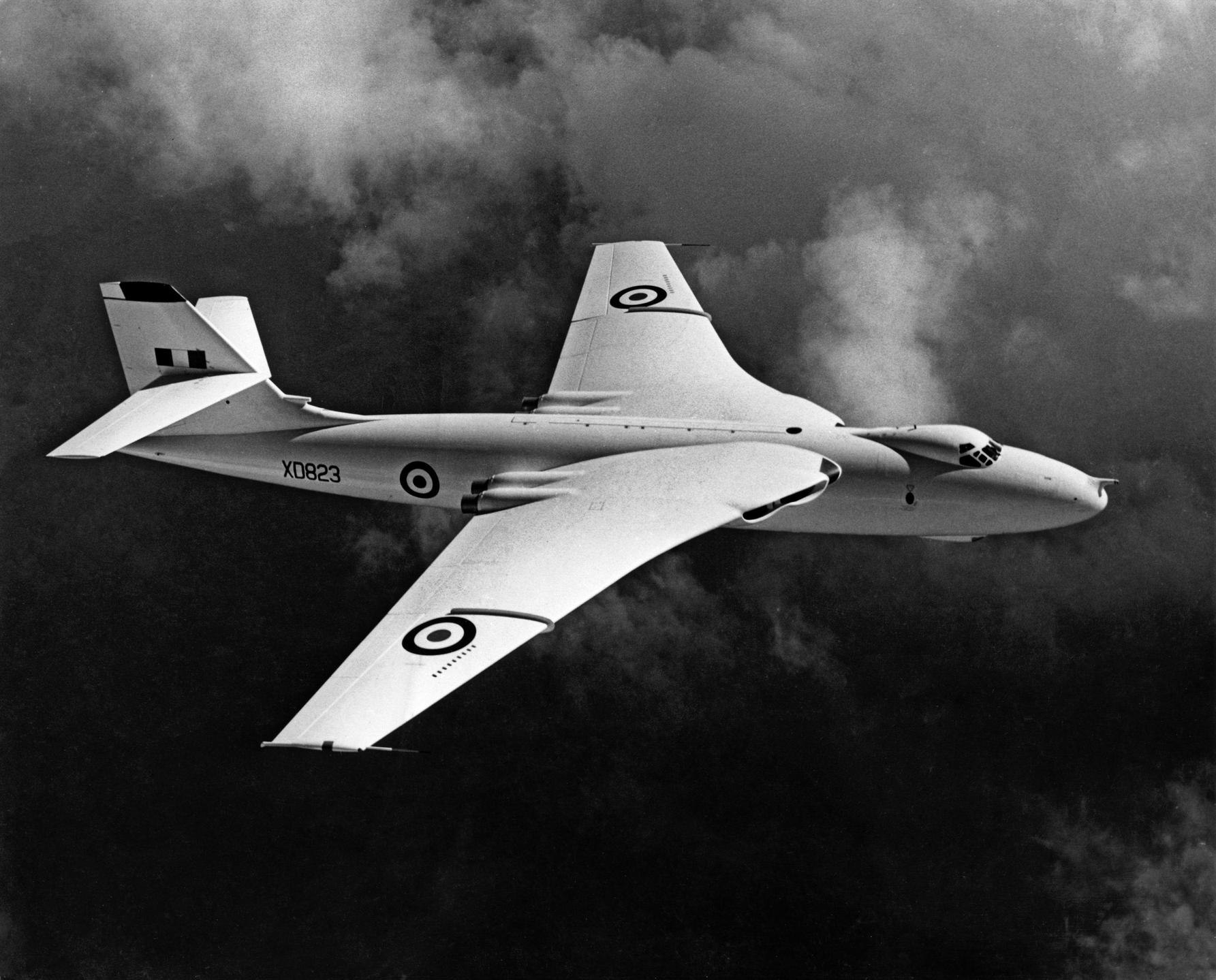
The wings of the Valiant were swept back in two stages: at 37 per cent from the wing root to delay high speed shock waves and 21 per cent for the main section, the two stages blended with a curved leading edge. Main structural components of the aircraft were cast partly from the zinc alloy DTD683 that, whilst secure in the relatively calm air of high flight, was subject to critical stress when the aircraft was flown at 500ft and below for prolonged spells. The resultant metal fatigue proved to be the Valiant’s Achilles heel.
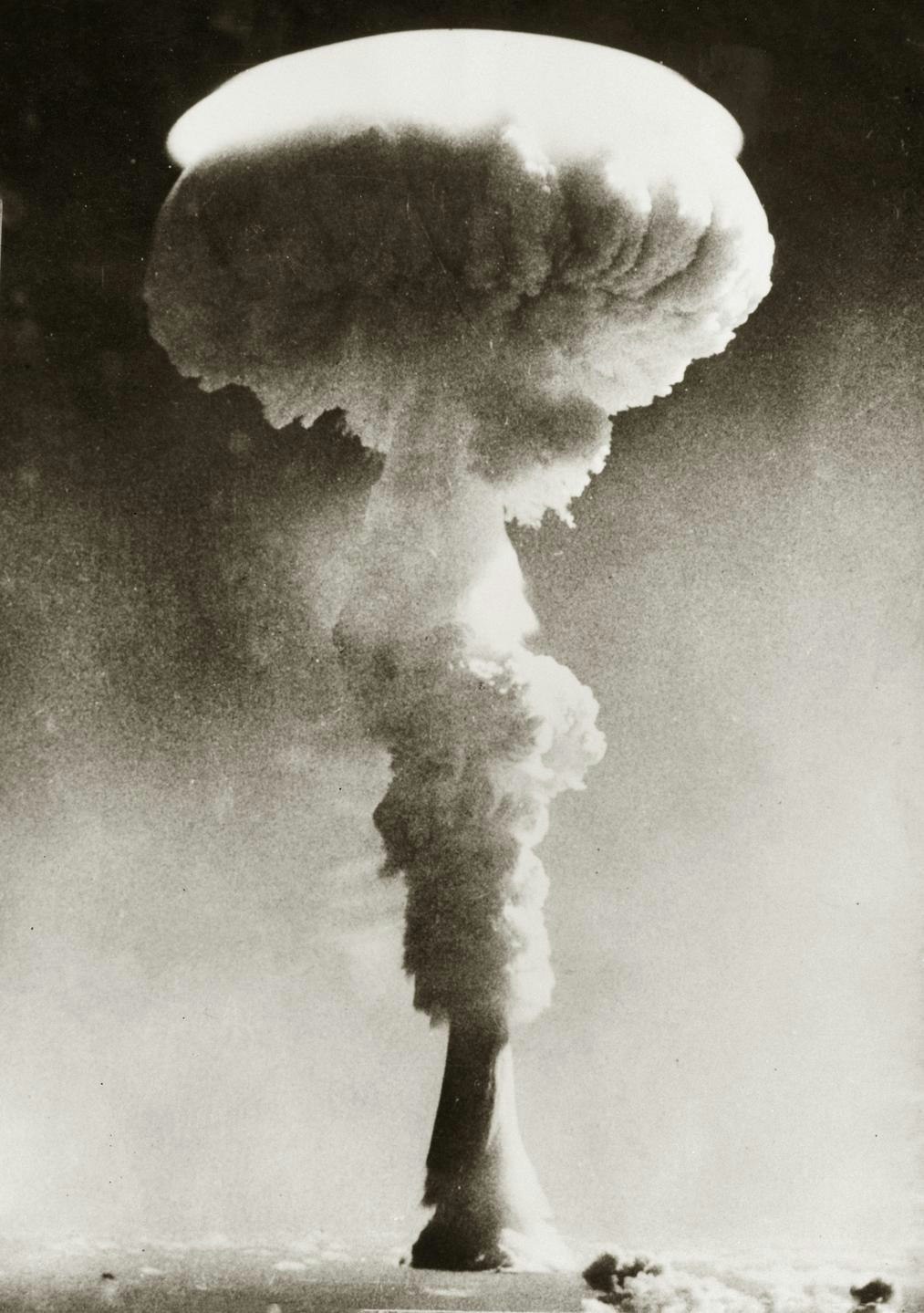
Whilst the Victor and Vulcan were more advanced and longer-lived aircraft, it was the Valiant that carried out the entire gamut of tasks asked of V-Force, short of dropping a live nuclear bomb on an enemy target. It conducted conventional bombing raids, dropped Britain’s first test A- and H-bombs, served as a key part of Britain’s nuclear deterrent, flew reconnaissance and air-to-air refuelling missions and offered PR rides to VIPs, amongst them Anthony Eden when prime minister and the Duke of Edinburgh.
On the ground, the Valiant looked hunched and nose-heavy, a pelican amongst military eagles, yet, like the pelican — an accomplished long-distance flyer — the Valiant was elegant in flight. Within eight years of its final production in August 1957, though, the entire Valiant fleet was grounded, with all but one aircraft scrapped soon afterwards.
Switched in 1962 from high- to low-level nuclear bombing missions now that the lethal effectiveness of Soviet surface-to-air missiles was impossible to ignore, the newly camouflaged Valiant was out of its comfort zone. Buffeted by turbulence, airframes designed for high flight showed signs of critical stress.

The first B.1 Vulcan squadron was formed at RAF Waddington in 1956. The following year’s B.2 version featured much larger and thinner kinked wings offering improved performance at both high and low levels and giving the Vulcan an almost organic appearance, like some giant bird of prey. Large air intakes imbued the beguiling bomber with its signature, other-worldly howl.
The most striking feature of the Handley Page Victor was its crescent wing, a rarity amongst production aircraft. Married to an equally distinctive and efficient tailplane, the Victor could barrel-roll, loop-the-loop and break the sound barrier in shallow dives. If the Victor’s clever wing was distinctive, its massive tailplane was, too, set high to avoid the turbulent exhaust flow from the aircraft’s engines and the wash of air over its wings.
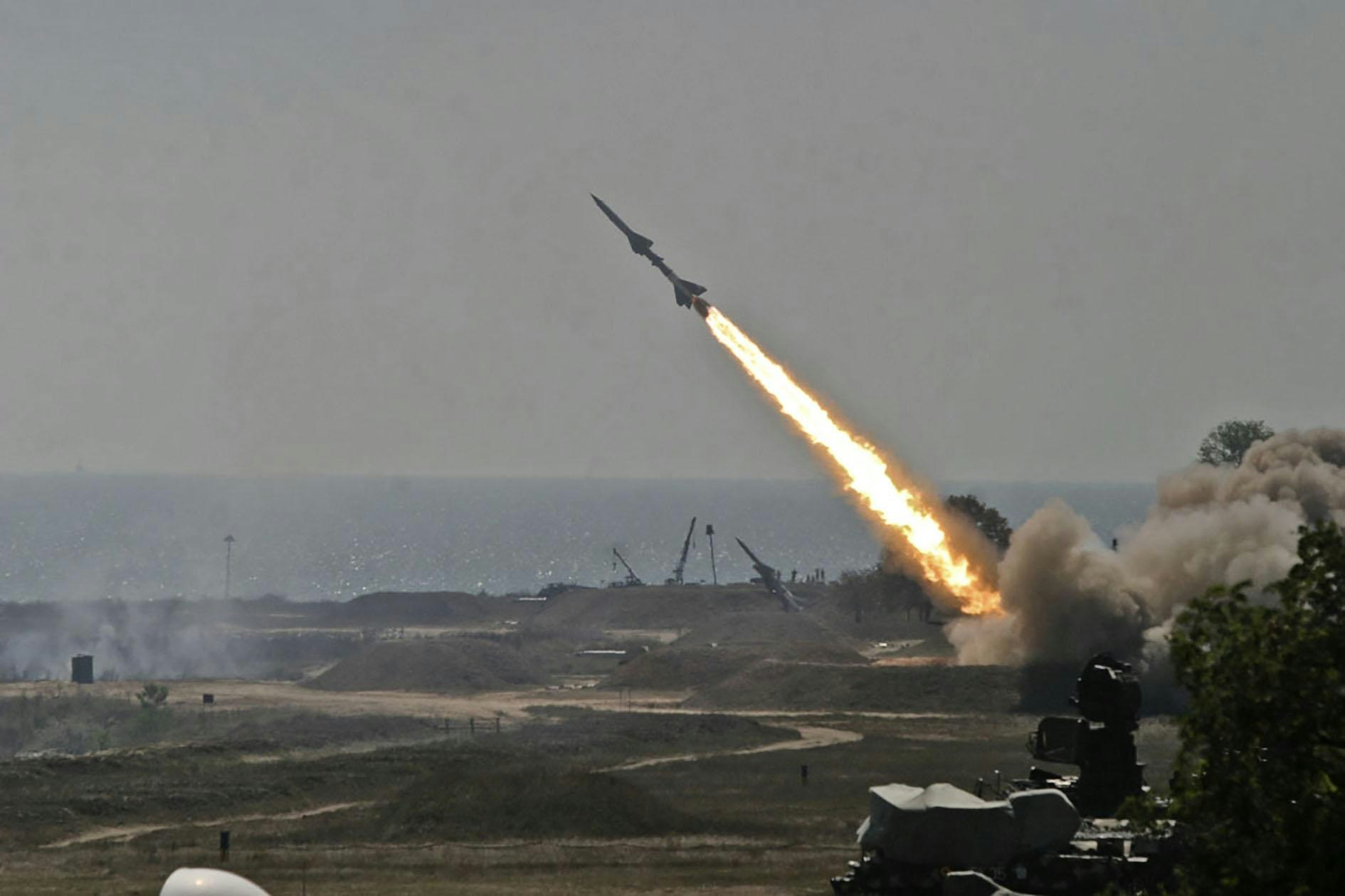
Ultimately, the Vulcan proved the better low-level bomber when, in 1962, V-Force was forced to adopt this new role, yet the Victor was to be the last of the V-bombers in service, performing air-to-air refuelling and reconnaissance duties in the Falklands and Gulf Wars.

V-bombers were designed to fly high and fast, carrying H-bombs to Soviet targets. The objective proved to be short-lived, with Royal Navy Polaris submarines taking over the lead nuclear role in 1969, yet, with its stirring performance in the Falklands War and the extraordinary popularity of public air displays performed by the restored XH558 The Spirit of Great Britain between 2008 and 2015, the Vulcan flew the flag for V-Force 70 years on from the Valiant’s joining the RAF and Roly’s Farnborough roll.












